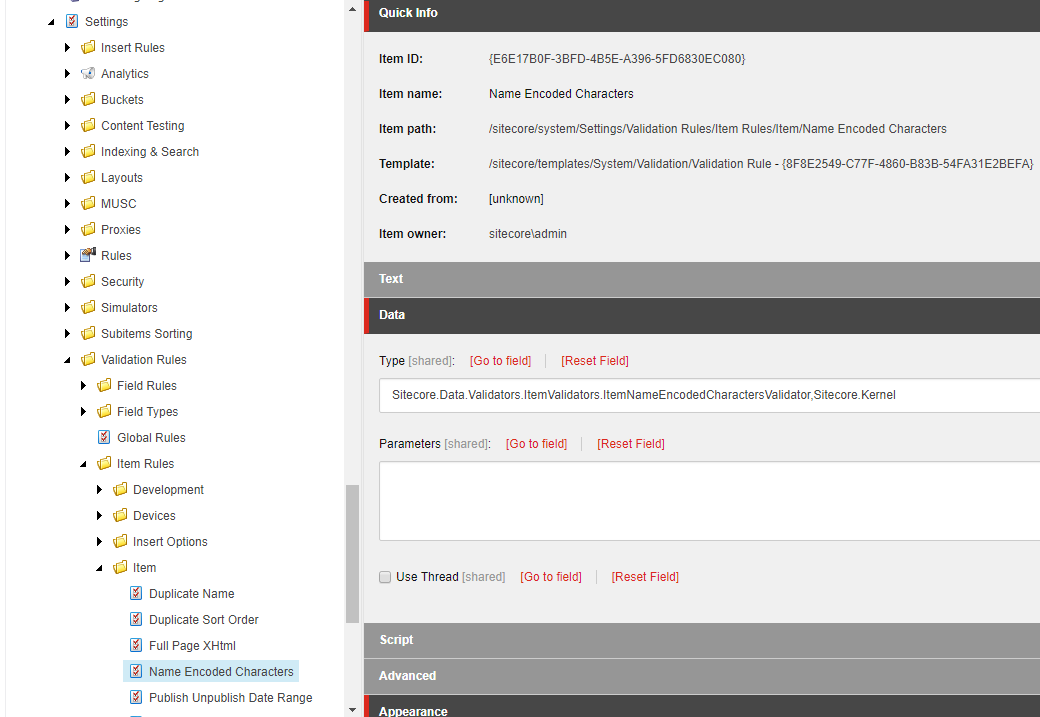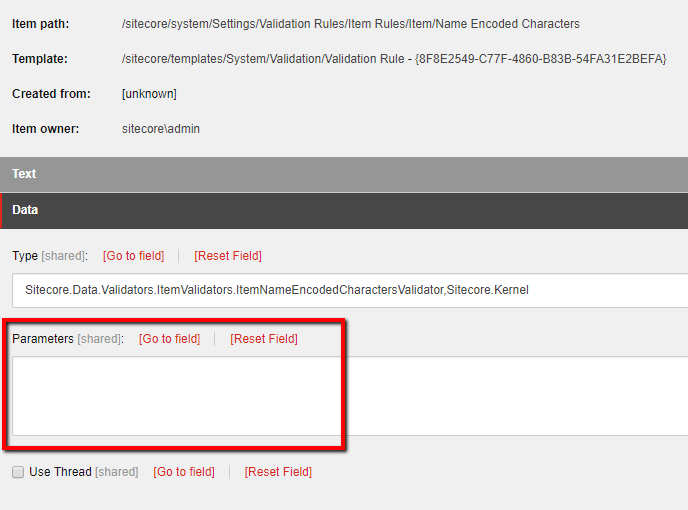I would recommend implementing a custom Item validation rule.
Note: This is different from a field validation, in that it validates the entire item instead of a single field.
1. Create custom validator
Create a new class that implements the Sitecore.Data.Validators.StandardValidator base class. In the Evaluate() method, get both fields and check to see if either of them has a value:
public class AtLeastOneFieldPopulatedValidator : StandardValidator
{
public override string Name => "At Least One Field Populated";
public AtLeastOneFieldPopulatedValidator() {}
public UrlCharacterValidatorAtLeastOneFieldPopulatedValidator(SerializationInfo info, StreamingContext context) : base(info, context) {}
protected override ValidatorResult Evaluate()
{
Item item = base.GetItem();
if (item == null)
{
return ValidatorResult.Valid;
}
if (!string.IsNullOrEmpty(item["Field 1"]) || !string.IsNullOrEmpty(item["Field 2"]))
{
return ValidatorResult.Valid;
}
return base.GetFailedResult(ValidatorResult.CriticalError);
}
protected override ValidatorResult GetMaxValidatorResult()
{
return base.GetFailedResult(ValidatorResult.Error);
}
}
2. Create Validation Rule item
First, create a new Validation Rule (template /sitecore/templates/System/Validation/Validation Rule) item somewhere below this node:
/sitecore/system/Settings/Validation Rules/Item Rules
Important: Make sure you populate the
Typefield with your fully-qualified name of your custom validator's class (e.g.Custom.Services.AtLeastOneFieldPopulatedValidator, Custom.Services).
3. Associate your Validation Rule to your items
On the __Standard values of your item's template, show Standard Fields (View ribbon tab -> Standard fields) and add your Validation Rule to the appropriate validation fields. I recommend including it in all four.
(Optional) Extra credit: Add parameters
I've not tested this, but I'm sure there's a way to pass parameters using the Parameters field on the Validation Rule item. In these parameters, you could pass a list of the fields to check so your validator can be reused by creating multiple Validation Rule items in Sitecore.

